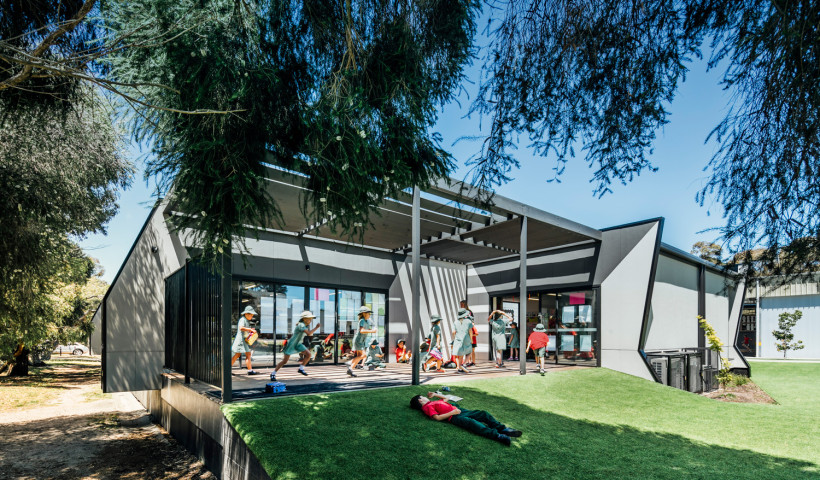
EQUITONE, a leading architectural cladding manufacturer, has established itself as a pioneer in the industry by pushing the boundaries of design possibilities. With a commitment to innovation and craftsmanship, EQUITONE offers architects and designers a range of special applications that add unique elements to façade designs. In this article, we delve into three exceptional techniques: engraving, perforations, and large cuts, and explore how they can transform buildings into breath-taking works of art.
1. Engraving: Adding Depth and Detail to Façades
Engraving is a technique that allows architects to incorporate intricate patterns, textures, and even branding into their façade designs. EQUITONE's fibre cement panels are ideal for engraving due to their exceptional durability and adaptability. From geometric patterns to organic motifs, architects have the freedom to translate their creative visions onto the surface of the panels.
Engraved façades can serve multiple purposes. They can provide visual interest, create a sense of depth, and establish a unique identity for a building. Additionally, engraving can be utilised to highlight specific areas, such as entrances or focal points, adding a touch of elegance and sophistication to the overall design. EQUITONE's engraving capabilities enable architects to truly leave their mark on the architectural landscape.
2. Perforations: Balancing Aesthetics and Functionality
Perforated façades offer a delicate balance between aesthetics and functionality. EQUITONE's perforated fibre cement panels provide architects with the ability to control the interplay of light and shadow, creating stunning visual effects. By carefully selecting the size, shape, and pattern of the perforations, architects can enhance privacy, optimise daylighting, and even improve ventilation within a building.
Perforated façades have a transformative effect on the overall design, imparting a sense of rhythm and movement. They can be used to depict intricate designs, logos, or symbols, making a bold architectural statement. EQUITONE's expertise in perforation techniques ensures precision and consistency, allowing architects to achieve their desired level of transparency while maintaining structural integrity.
3. Large Cuts: Emphasising Scale and Form
Large cuts, also known as recessed or recessed reveals, offer a captivating visual element that emphasises the scale and form of a building. EQUITONE's fibre cement panels can be customised to incorporate large cuts, creating dramatic shadow lines and highlighting specific architectural features. Large cuts can be applied horizontally, vertically, or at varying angles, depending on the desired effect.
Architects often utilise large cuts to accentuate the building's geometry, draw attention to entrances, or define different sections of a façade. These cuts create a striking interplay of light and shadow, adding depth and dimensionality to the overall design. EQUITONE's precise manufacturing techniques ensure clean, crisp edges, allowing architects to achieve the desired impact while maintaining the integrity of the façade.
For more details or to request your free sample, visit equitone.com.













 New Products
New Products









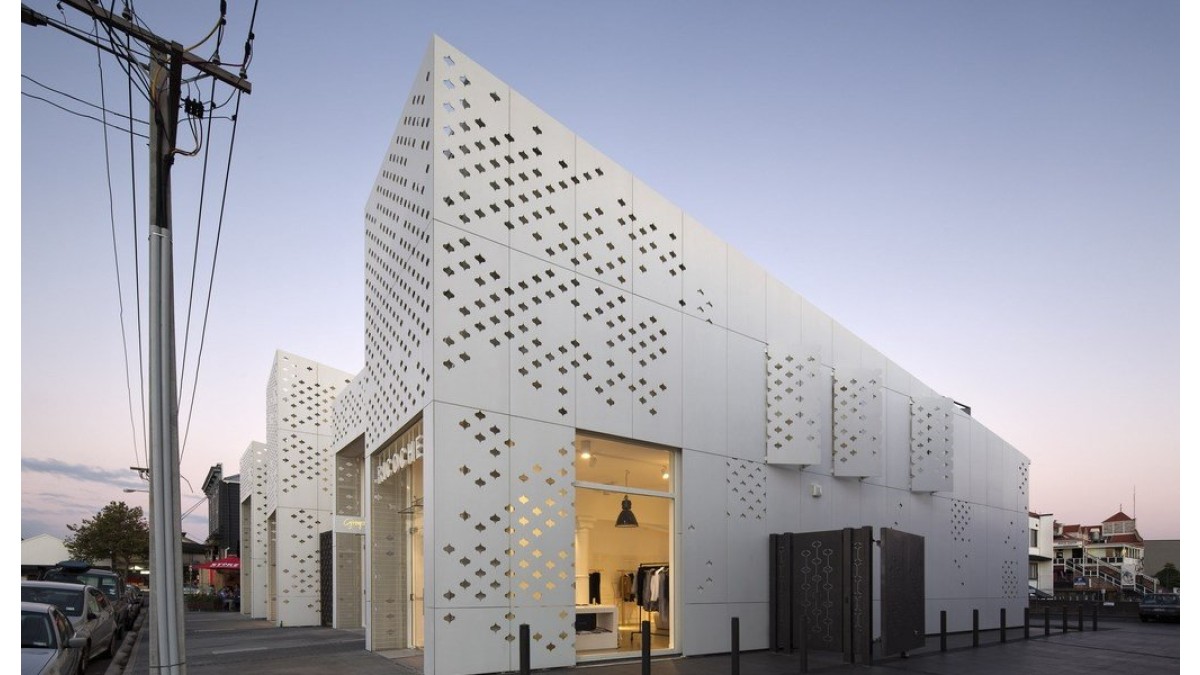

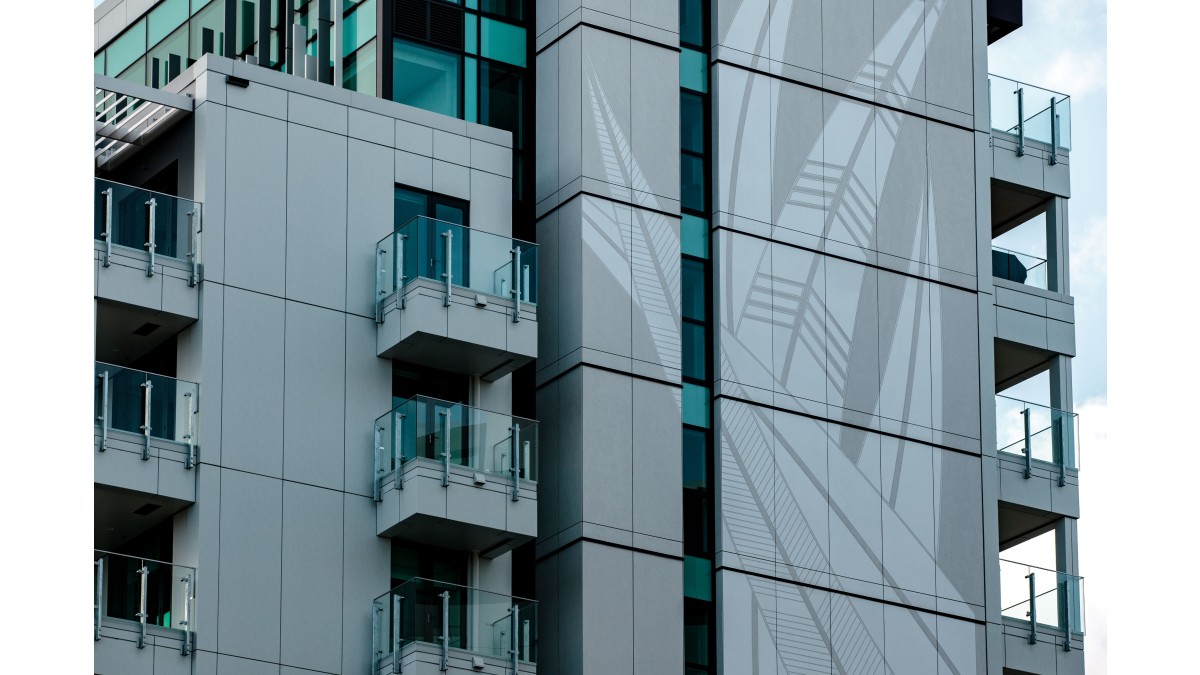


![EQUITONE [tectiva]](/assets/ProductImages/equitone/equitone-tectiva/equitonetectivaref-02__FillMaxWzEwMDAsNzAwXQ.jpeg)
![EQUITONE [pictura]](/assets/ProductImages/equitone/equitone-pictura/Screen-Shot-2023-04-03-at-3__FillMaxWzEwMDAsNzAwXQ.52.01-PM.png)
![EQUITONE [natura]](/assets/ProductImages/equitone/equitone-natura/Screen-Shot-2023-04-03-at-3__FillMaxWzEwMDAsNzAwXQ.50.00-PM.png)
![EQUITONE [lunara]](/assets/ProductImages/equitone/equitone-lunara/Screen-Shot-2023-04-03-at-3__FillMaxWzEwMDAsNzAwXQ.38.11-PM.png)
![EQUITONE [lines]](/assets/ProductImages/equitone/equitone-lines/Screen-Shot-2023-04-03-at-3__FillMaxWzEwMDAsNzAwXQ.52.57-PM.png)

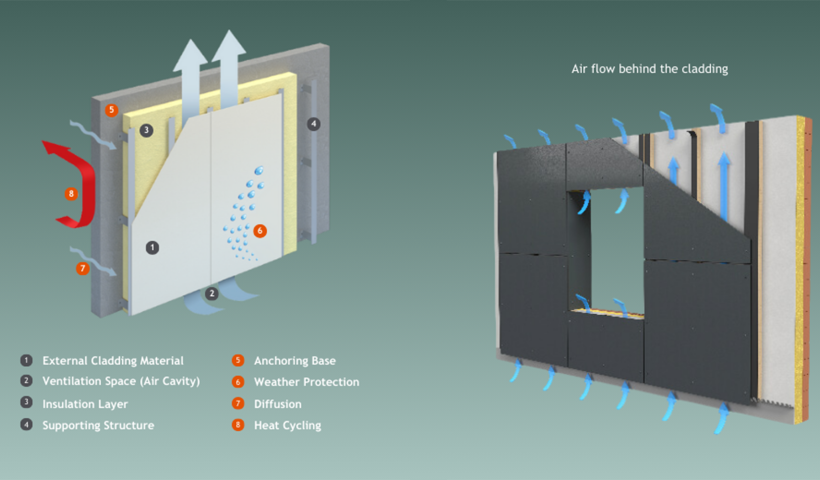
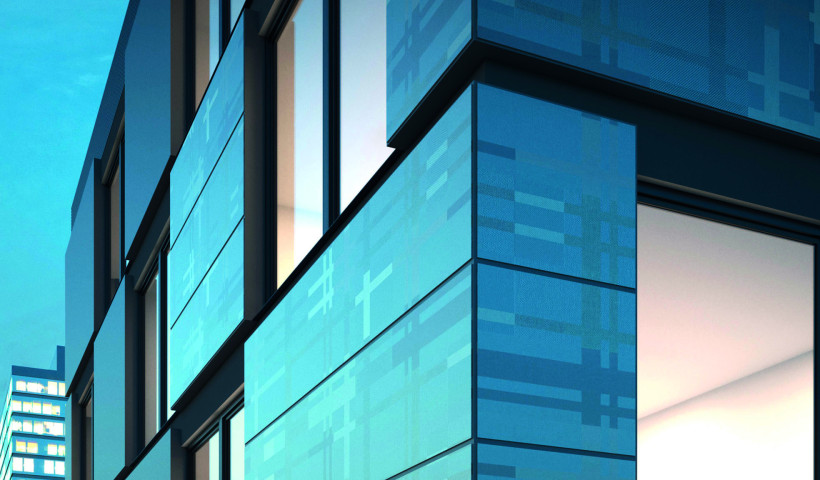
 Popular Products from EQUITONE
Popular Products from EQUITONE![EQUITONE [tectiva]](/assets/ProductImages/equitone/equitone-tectiva/equitonetectivaref-02__FocusFillWyIwLjAwIiwiMC4wMCIsOTAwLDYwMF0.jpeg)
![EQUITONE [natura]](/assets/ProductImages/equitone/equitone-natura/Screen-Shot-2023-04-03-at-3__FocusFillWyIwLjAwIiwiMC4wMCIsOTAwLDYwMF0.50.00-PM.png)
![EQUITONE [inspira]](/assets/ProductImages/equitone/8_biurowiec_2-scaled-1__FocusFillWyIwLjAwIiwiMC4wMCIsOTAwLDYwMF0.png)
 Most Popular
Most Popular


 Popular Blog Posts
Popular Blog Posts
